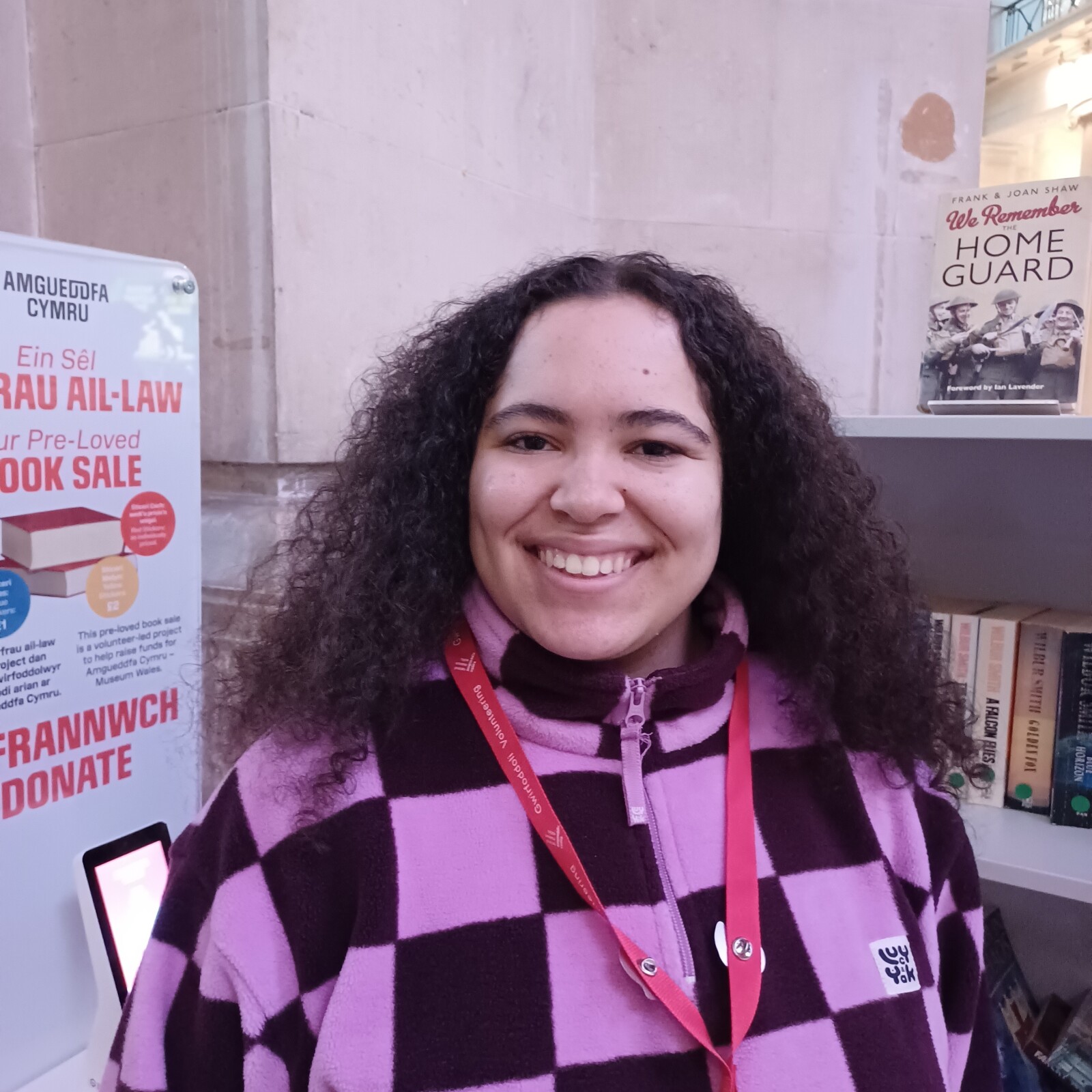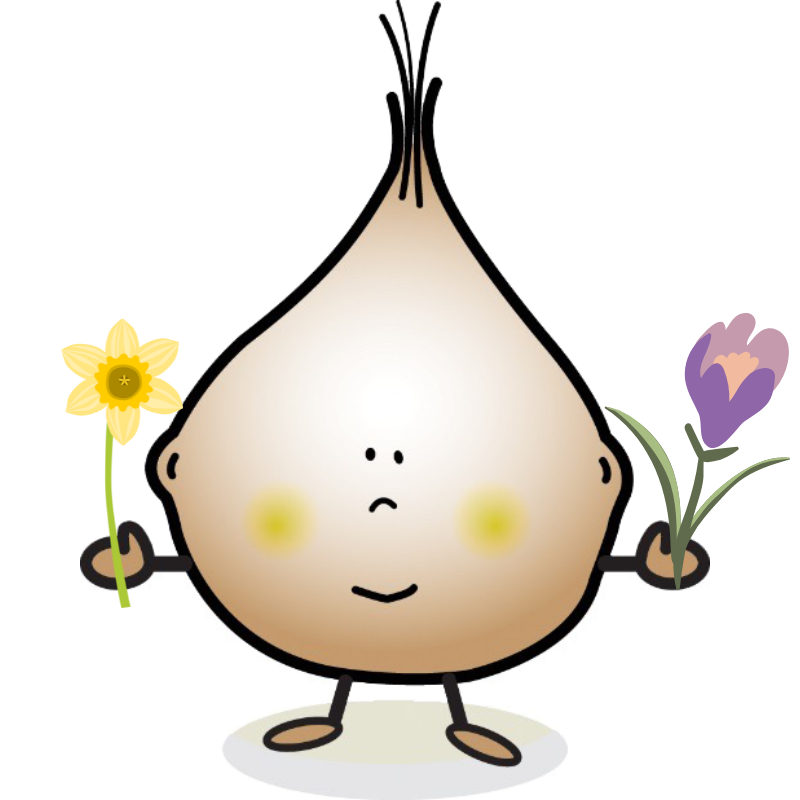Last Day of Weather Data Collection!
, 28 March 2025
Hi Bulb Buddies,
As we reach the final day of weather data collection, we want to extend a huge thank you to all the schools that have participated in this year’s Spring Bulbs for Schools Investigation. Your dedication to the project has been invaluable, and we truly appreciate the effort you’ve put in.
Final Data Submission
Now that the recording period is ending, we kindly ask you to upload all your collected data (both weather and flower records) as soon as possible. If your plants haven’t flowered yet, don’t worry. Please let us know, and when they do bloom, you can still enter the flowering data (in millimetres). Every data entry is important and helps make this citizen science project a success.
Bulbcast Competition
If you have created a Bulbcast entry, don’t forget to submit it! We’re happy to receive entries via email, WeTransfer, or shared links – whatever works best for you. If you’ve had any issues sharing your submission, please get in touch so we can help.
Check Your Data
To ensure your data is complete, you can review your school’s graph on the project website. Remember, prizes will be allocated based on the data entered, so make sure everything is up to date.
Bulb Care Resources
Even though data collection is ending, there are other tasks for you to enjoy. We have plenty of resources on our website, including tips on how to care for your bulbs after flowering. Remember to repurpose your pots after your plants have flowered. We will be sending sunflower seeds to all schools who have submitted weather and flower data and extra seeds to high performing schools, so the pots can have another role to play here! You can also save the pots and use them if you are taking part in next year’s project.
February Weather Summary
As we reach the end of March lets take a peek at last month’s weather. February is the month that sees us transition from winter to spring, and this was reflected in the weather we saw.
The temperature for the first two weeks was lower than average, but the warmer weather in the second half of the month means that the overall temperature for February was above average. Northern Ireland was the warmest country with temperatures 0.9°C above average.
At the beginning of the month Scottland saw freezing conditions and snow. Mid-month Northern Ireland and England saw heavy rain and strong winds. Towards the end of the month Wales saw heavy rains and some flooding. The end of the month saw more settled weather with some fog and frost.
February saw below average rainfall, with Northern England seeing nearly half of the expected rainfall.
Sunlight hours increased throughout the month, reaching just under the long term average for the UK. Scotland was the sunniest country this month.
Once again, thank you for your fantastic work as part of this year’s Spring Bulbs for Schools Investigation. We couldn’t do it without you, and we hope you’ve enjoyed being part of this scientific adventure!
Please let us know if you have any questions or need support.
Professor Plant





